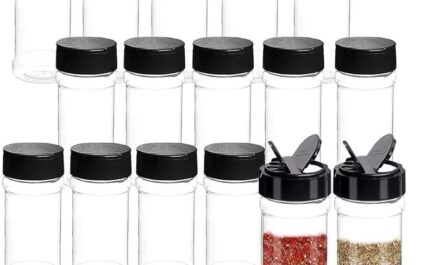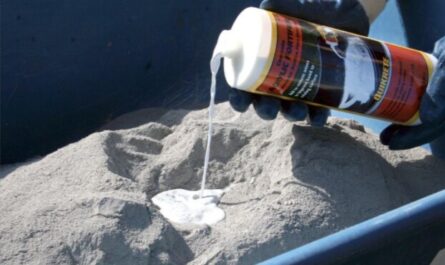Polyurethane prepolymers, also known as isocyanate terminated prepolymers, are an important intermediate in the manufacture of polyurethane products. A prepolymer is formed by reacting a polyol such as a polyether or polyester with excess diisocyanate. The prepolymer retains the isocyanate groups that later take part in the final curing reaction with a polyol or water that produces the final polyurethane material. In this article, we will explore the chemistry and applications of polyurethane prepolymers.
Chemistry of Polyurethane Prepolymers
The key reactions involved in the formation of a polyurethane prepolymer are an addition reaction and a condensation reaction. In the first step, an excess of a diisocyanate such as toluene diisocyanate (TDI) or methylene diphenyl diisocyanate (MDI) reacts with the hydroxyl end groups of a polyol. This is an addition reaction where the N=C=O group of the isocyanate adds across the O-H bond of the polyol.
ROH + OCN-R’-NCO → RO-CO-NH-R’ (addition reaction)
This step forms a long polyurea oligomer with isocyanate end groups. Concurrently, a condensation reaction occurs where a small molecule, usually carbon dioxide or water, is eliminated. This drives the reaction forward and allows it to reach high molecular weights.
RO-CO-NH-R’-NH-CO-O-R + H2O → RO-CO-NH-R’-NH-CO-O-R (condensation)
The prepolymer thus formed contains unreacted isocyanate groups available for further reaction. By controlling the stoichiometry, prepolymers with different content of free isocyanate groups can be produced.
Structure and Properties of Prepolymers
Depending on the type of polyol and diisocyanate used, prepolymers can range from low viscosity liquids to waxy solids. Flexible prepolymers incorporate long, linear polyester or polyether polyols imparting elasticity. More rigid structures arise from short, branched polyols or crosslinking components like trifunctional polyols.
Prepolymers based on MDI tend to be higher melting solids compared to those prepared from TDI or HDI due to MDI’s relatively rigid diphenylmethane structure. Isocyanate content influences properties – higher NCO content prepolymers are usually low melting or liquid. As NCO groups are reactive sites, prepolymers also offer better adhesion, solvent and chemical resistance than polyols alone.
Applications of Prepolymers
The main uses of prepolymers lie in their application as two-component coating systems and adhesives:
– Coatings: Prepolymers along with polyols or polyamines are the basis of polyurethane coatings used in construction, marine, aerospace and wood finishes. Their reactivity permits ambient or elevated temperature curing to durable, weatherable films.
– Adhesives: Structural and reactive hot melt polyurethane adhesives employ prepolymers for superior bond strength over traditional formulations. Automotive, footwear and packaging are major application areas.
– Elastomers and Sealants: Formulations with high NCO content liquid prepolymers find application as elastomeric sealants and non-sag roof coatings.
– Thermosets: Advanced composites, fibers and rigid foams rely on reacting prepolymers with diamine or polyol chain extenders/crosslinkers in a two-stage process to build high performance thermoset networks.
– Other Uses: Prepolymers play a role in reactive binders for abrasives like sandpaper, nonwovens like disposable wipes and as surface coatings for textiles and polyurethane fiber manufacture.
Future Outlook
The polyurethane prepolymer market size is projected to grow steadily driven by its widespread use in demanding applications. Ongoing research seeks to enhance properties like strength, flexibility, environmental stability and processability by exploring renewable polyols from plants or modified diisocyanates. Biobased prepolymers from soy and castor oils offer the potential for sustainability. New generation prepolymers providing advanced performance will continue expanding polyurethane uses in the future.
In conclusion, polyurethane prepolymers form an integral part of the polyurethane industry chain. Through mixtures design, their properties can be tuned as needed. They facilitate convenient processing into versatile final polyurethane products playing a role across industries from construction to transportation. Innovation on prepolymer chemistry coupled with renewable feedstock integration is likely to keep polyurethanes relevant well into the coming decades.




